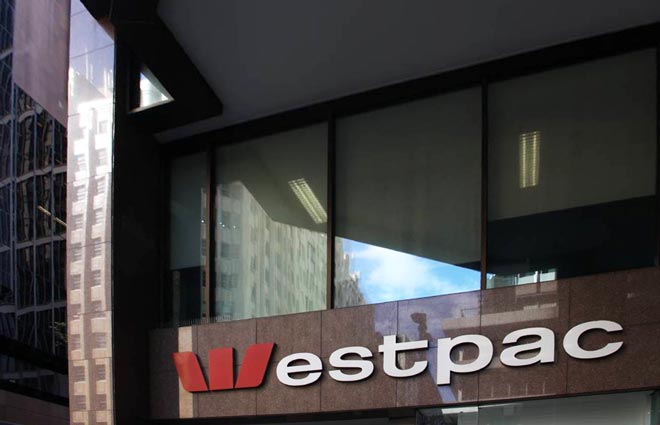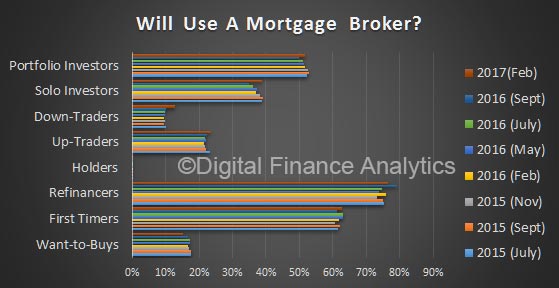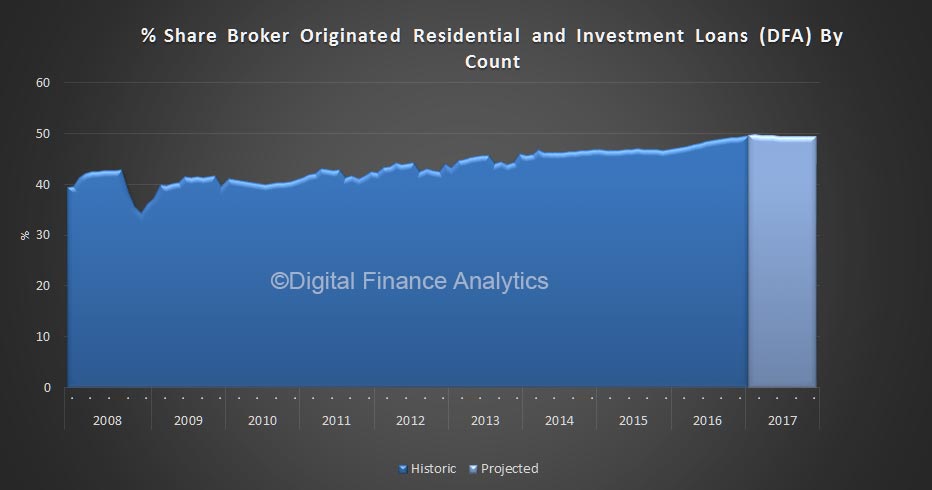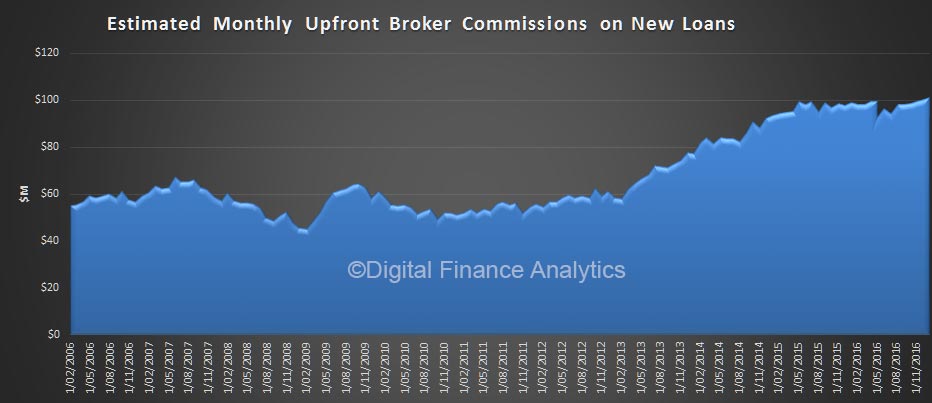Australia’s big four banks will make significant changes to the way mortgage brokers are remunerated after they agreed to implement all recommendations of the Sedgwick review.
The final report of the Retail Banking Remuneration Review conducted by Stephen Sedgwick AO, released yesterday, made a number of recommendations relating to mortgage broker remuneration. These will see volume based incentives and ‘soft dollar’ payments scrapped, and for banks to cease the practice of increasing the incentives payable to brokers when engaging in sales campaigns.
The review also recommended that banks adopt, through negotiation with their commercial partners, an ‘end to end’ approach to the governance of mortgage brokers that approximates as closely as possible a holistic approach broadly equivalent to that proposed for the performance management of equivalent retail bank staff.
In effect, broker commissions would be governed by similar principles that banks would apply in assessing performance against a scorecard for their staff.
“Some commentary has questioned the role of ABA or the banks in this matter,” Mr Sedgwick noted.
“However, banks have a legitimate interest, especially because they both provide the funds that support the operations of mortgage brokers and bear the risks (financial and potentially reputational) if a loan is inappropriately large or inappropriately structured,” he said.
“Ultimately, a commercial negotiation would be required to establish such arrangements and preserve the financial viability of the mortgage broking industry.
“In broad terms, average remuneration per brokered mortgage may not be dramatically different to the current remuneration, but the risks (perceived and actual) of poor customer outcomes would be reduced. I would envisage that some form of trail payments would continue, with trails under existing arrangements ‘grandfathered’.
“To be clear, it is a fundamental principle of this recommendation that, in any new arrangements, competition should be preserved and the viability of the mortgage broking industry maintained. It is for this reason that client funded fee arrangements are not supported by the Review.”
Mr Sedgwick strongly encouraged ASIC to participate in the transition, particularly in light of potential issues with banks adopting the recommendation.
“I therefore propose that the banks with a significant recourse to the mortgage broker channel move to investigate and, as soon as possible, adopt an alternative payment system with strong oversight by ASIC,” he said.
CBA looks set to move quickly on the recommendations, with chief executive Ian Narev confirming that the bank will implement many of the recommendations by 1 July and will have “all changes in place” by the following financial year.
CBA group executive retail banking services Matt Comyn said the changes will involve significant reform.
“The recommendations affect all of our customer-facing teams, including branch, call centres, and mortgage brokers. Implementing them will require extensive consultation across a range of stakeholders, which we will commence immediately,” Mr Comyn said.
ANZ also confirmed that it will implement the recommendations.
“ANZ will work with both the broker industry and relevant regulators to implement the recommendations,” the bank said.
Meanwhile, NAB chief customer officer, consumer banking and wealth, Andrew Hagger, said the group is strongly committed to improving customer outcomes and building trust in the banking industry.
“These recommendations are a significant step for the industry and will require focus, discipline and strong leadership to implement them,” he said.
“In October last year, NAB committed to the Sedgwick reforms and now that we have the final recommendations our focus is to implement them well ahead of the 2020 deadline.”
In relation to the recommendations that impact third parties including mortgage brokers and aggregators, NAB agrees with Mr Sedgwick that any changes to their remuneration structure should be “viable” and “competitive”.
“We see mortgage brokers and other third parties as an important part of the future of our business. We will be working closely with the industry, Treasury and with the regulators, ASIC and the ACCC, to make sure we get the right result for our customers and the industry,” Mr Hagger said.
NAB does not pay volume-based incentives on residential mortgages to mortgage brokers








